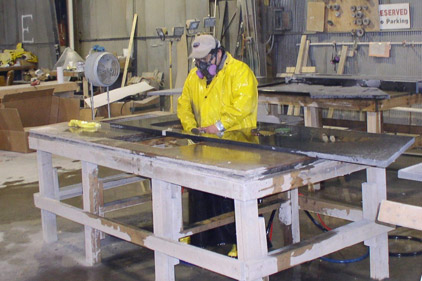Marble is commonly used for sculpture and as a building material.
Marble silica content.
Marble is a metamorphic rock composed of recrystallized carbonate minerals most commonly calcite or dolomite marble is typically not foliated although there are exceptions in geology the term marble refers to metamorphosed limestone but its use in stonemasonry more broadly encompasses unmetamorphosed limestone.
38 42 lime cao 20 25 silica sio2 2 4 alumina al2o3 1 5 2 5 various oxides nao and mgo and 30 32 various carbonates mgco3 and others.
Marble granular limestone or dolomite i e rock composed of calcium magnesium carbonate that has been recrystallized under the influence of heat pressure and aqueous solutions.
Typically marble is composed of the following major constituents.
The table below describes typical silica quartz content of common natural and engineered.
In contrast granite can contain up to 45 50 silica.
Exposure to silica which is a component found in marble dust is one risk factor for developing scleroderma.
Marble total dust journal of clinical rheumatology.
Silica content is generally lower in natural stone products.
Occupational safety and health administration.
Commercially it includes all decorative calcium rich rocks that can be polished as well as certain serpentines verd antiques.
Though granite marble and engineered stone all can produce harmful silica dust when cut ground or polished the artificial stone typically contains much more silica says a cdc researcher.

